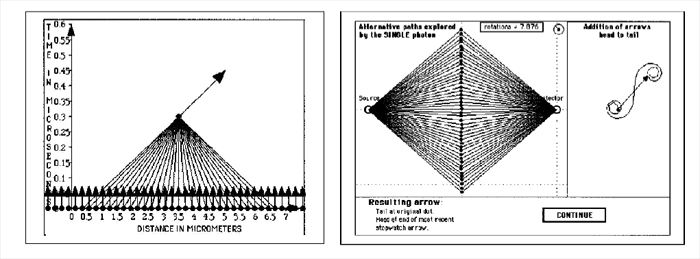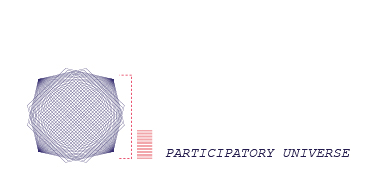INTERPRETATION: MWI
In the mid-1900s, Everett raised an intriguing question, which encapsulated his standpoint on rejecting the deterministic approach, the collapse theory: what if the time evolution of the entire universe is always unitary? According to him, if the theory of quantum mechanics is the theory describing all laws of universe, the wave function should be able to describe our present state, our reality; then, we can presume that our reality is not collapsed by measurements, but in the status of superpositions. The card from the last experiment is in two places at once. The observer who is looking at the card is also in the status of two different mental statuses, two different pages of superpositions. This relative-state formulation of Everett, also called Many-Worlds Interpretation, instantly became popular, and was the basis for many interpretations of quantum phenomena.
However, Everett’s interpretation has contradictions that left several questions unanswered, two of which became the basis for the theory of decoherence. The questions are: “First, if the world actually contains bizarre macroscopic superpositions, why don’t we perceive them?” The second unanswered question is, “What mechanism selects the classical states - face up and face down for our cards - as special?”



